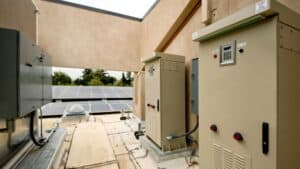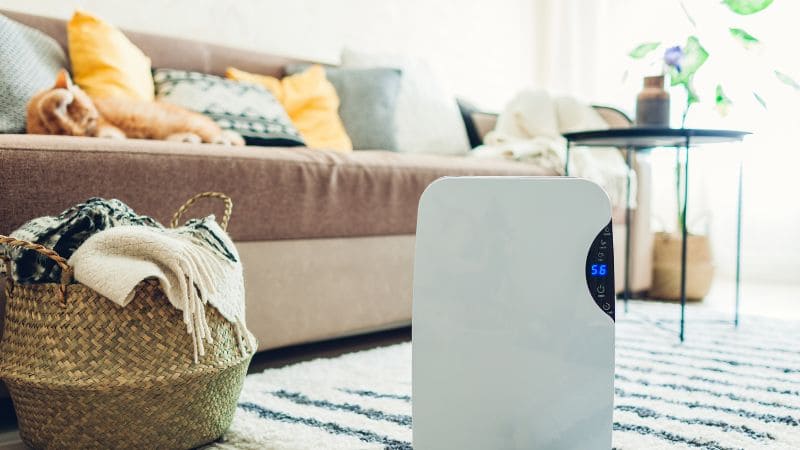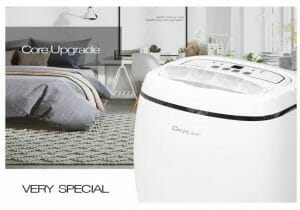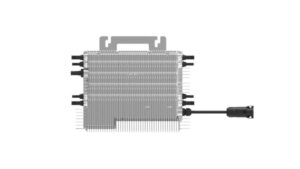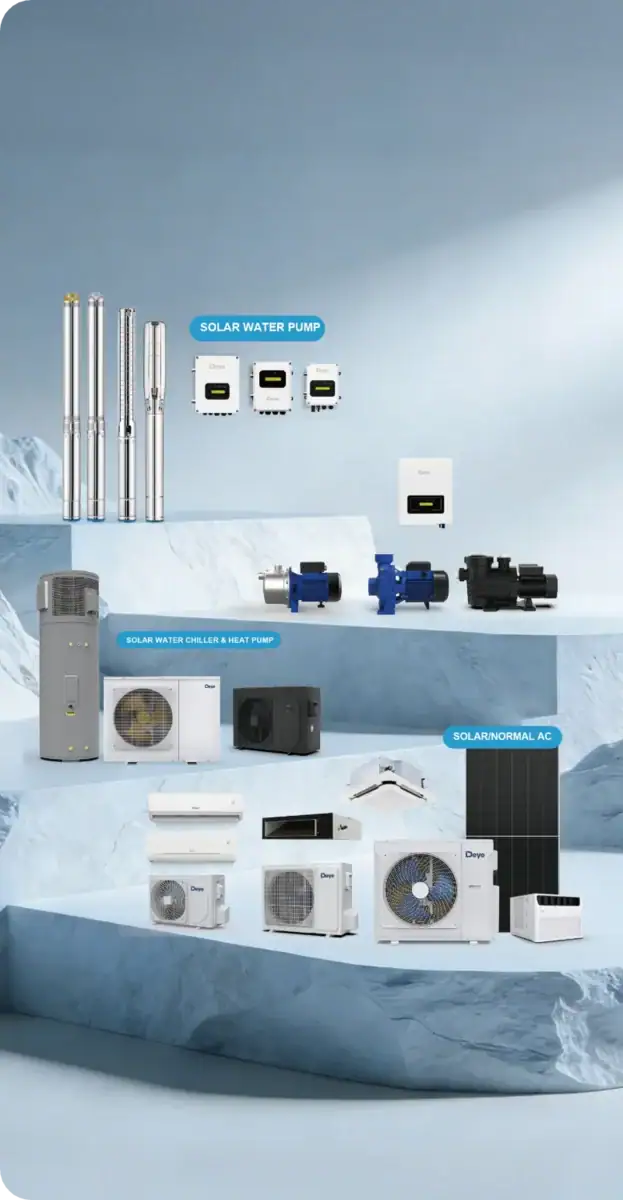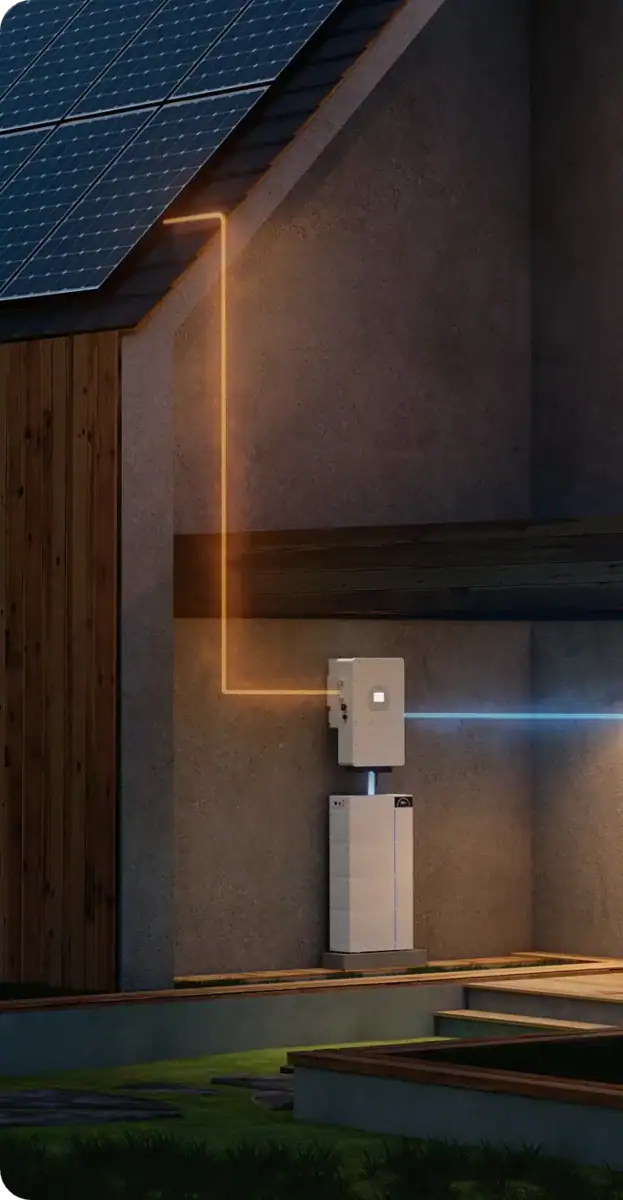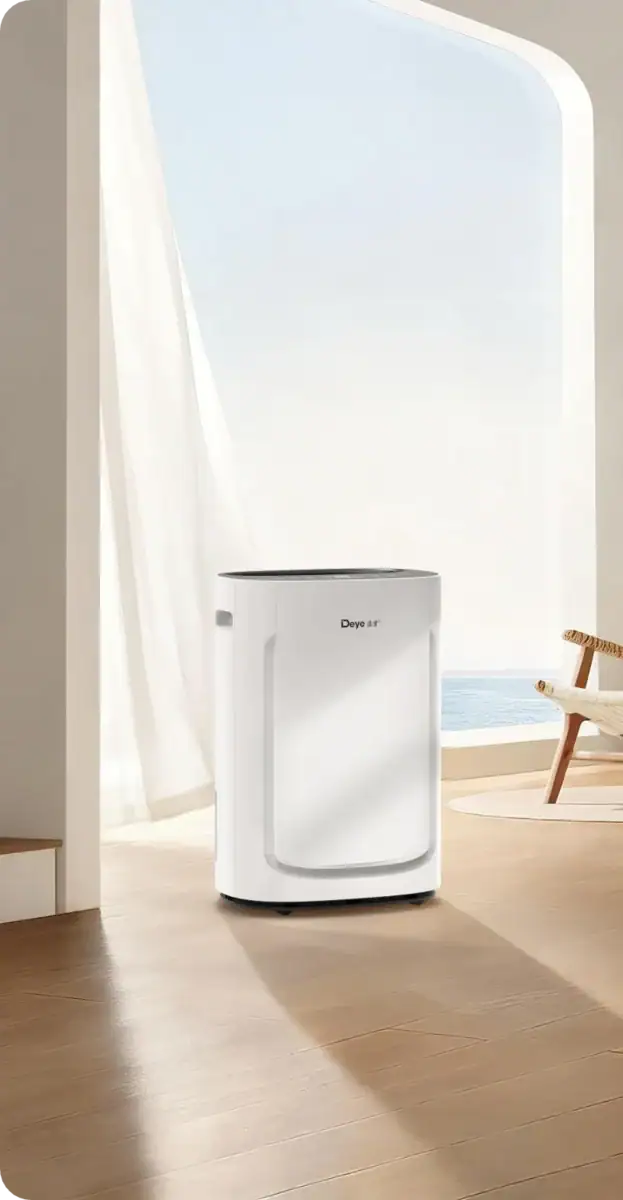Is the first step in dehumidification to buy a dehumidifier? wrong! Finding out why the room is damp is the first step. Maybe the southerly wind blew moisture into the room when the window was opened. Maybe the moisture in the soil outside the basement penetrated into the room along the tiny cracks in the wall. Maybe the ceiling in a corner of the room was not leaking. In many cases, the renovation of the house is the most effective means to improve the moisture problem. Use moisture-proof materials to solve pipeline ruptures in time. Moisture prevention requires both symptoms and root causes. If all the necessary efforts are done and the room is still damp, then the next step is to buy a dehumidifier.

Working principle of dehumidifier
1. The job of the dehumidifier is very simple: suck in moist air, dry it, and let it out. This process is done through condensation:
2. The fan draws moist air into the machine;
3. The humid air reaches the low-temperature evaporator, the temperature drops, the excess water vapor condenses, and the moisture content decreases;
4. The dehumidified air is heated by the condenser, discharged, and re-enters the room;
5. At the same time, the frost left on the evaporator turns into water and drips into the water tank.
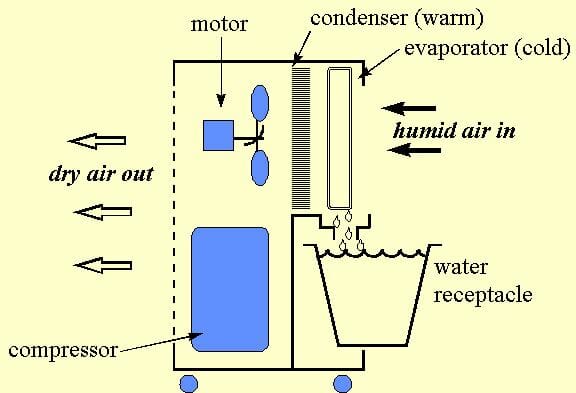
The principle itself is not complicated, and the technology is already very mature, so as long as you select a genuine product with a dehumidification capacity that meets your needs according to the area of the room, the dehumidification effect is basically guaranteed. The main points that need to be paid attention to in the purchase include:
Is it convenient to drain?
Option 1: Take out the water tank and dump it. Because it needs to be emptied manually in time, it is more suitable for rooms with little dehumidification. Generally, humidifiers are equipped with indicator lights. When the water tank is full, it prompts to be emptied and automatically stops working, so there is no need to worry about overflow.
Option 2: Connect the drain pipe to automatically and continuously drain. A drain pipe can be connected to the back of most dehumidifiers to directly drain the water in the water tank to the sewer. The advantage is that it can automatically and continuously dehumidify. If the storage room has wooden furniture, calligraphy and painting, etc., and there is no one to look after it all the year round, a dehumidifier like this can save a lot of trouble.
Option 3: Drain water through a water pump. This is an upgraded version of the drain pipe. There may not be a sewer next to the dehumidifier. It is especially suitable for basement dehumidification (you need to pump water to a high place) and soft paper that is too lazy to move the water tank or machine around.
Is it easy to clean?
There is a filter inside the dehumidifier. After the outside air comes in, the dust and impurities will be separated through the filter. So you should choose a style that makes the filter easy to take out and wash.
Is it easy to move?
Even a household portable dehumidifier has a certain weight and volume. During use, it may be necessary to change from one room to another, or move to the side of the sewer to drain. Therefore, it is more convenient to choose a style with universal wheels.
The dehumidifier consumes more energy. When using it, remember to set the target humidity reasonably, and close the doors and windows at the same time-the same principle as the air conditioner. In addition, the water in the water tank can also be recycled, such as for washing cars and flushing toilets.
Tips for preventing moisture and dehumidification
- Proper ventilation: Open windows as little as possible in humid weather, and close windows sooner or later in southerly winds.
- Put a box of lime in the corner of the house. (Caution! Do not put lime directly into the storage box of valuable equipment such as cameras!)
- Put dried coffee grounds or tea leaves in small bags and hang them in the closet.
- Seize the good weather and dry your quilts and clothes.

